Kerala Travel: Kannur to Wayanad
We had a wonderful relaxing time at our Kannur homestay, enjoying the beach, nature, and the wonderful food in our ‘all inclusive’ remote beach escape. All good things come to an end though ,so reluctantly we packed our backpacks and travelled by auto rickshaw for a 130Km three hour journey to Wayanad.
Now it may seem odd that we had opted to go this way, but we were told the journey takes you through some beautiful countryside as you make your way from the coast and up into the mountains. We didn’t want to see it through the glass of a car window or from the bouncy suspension free local buses that take this route.
It cost us 2500 Rupees and in the end it took four and a half hour hours but we stopped quite a few times for a cup of refreshing chai or just to admire the views en route. The auto could not really get up much speed on the hilly bits so instead of hurtling round hairpin bends in a car we took it all at a leisurely pace. It was also clear that our driver, Mansoor loved driving this route, enjoying the fresh air and sights almost as much as we did.
We saw macaque monkeys at the roadside eating stolen or discarded fruit and a kaleidoscope of coloured butterflies flitting about on the top of the mountains. As you get further into the national park your rock mountain sides are replaced with cascading tea plantations and then as you descend palm and banana groves with trees filled with hanging fruit take over.
If you are heading here from Kannur we would recommend you take this route, it was not the most comfortable four hour trip we have ever done, or the cheapest, but it certainly was one of the ones that make the journey as pleasant as the final destination. The roads are very bumpy but we passed quite a bit of roadworks work going on at some of the highest points, so improvements will be coming soon. The road workers were delighted to see our interest in their work and asked us to take their photograph.
Where to stay in Wayanad?
You have two real choices of where to base yourself in Wayanad to allow you to get out and see the sights, both religious and wild. You can stay in one of the bigger towns such as Sulthan Bathery or Kalpetta or opt for one of the home-stays that are usually located on one of the coffee or tea plantations near smaller villages. We chose the latter and, as we had enjoyed our all in home-stay package at Kannur and hoped to repeat it here.
So for 2,800 Rupees we got three delicious vegetarian south Indian meals a day, coffee and fresh fruit juice served to you whenever you needed it and a free tour of the local coffee plantation with the owner Raj. The staff here were also wonderful and attentive without getting in your way.
We stayed the first night in the bamboo room, which was very beautiful but we didn’t realise we had to share it with some of the locals. We had some jungle rats pay a visit, crawling along the eaves of the bamboo roof above our heads. We found a big stick, just in case, and then tried to imagine they weren’t there while we tried to get to sleep. The next day the owner took pity on us and for the same rate moved us to the main house to one of their newly renovated rooms with a beautiful balcony view of the fields and all the mod cons you could ask for, including free wifi.
The Plantation Tour
On the morning after our rat experience Raj, the plantation owner gave us a three hours walking tour of his farm. He took us around the various crops explaining the production processes, including the changes he has implemented, as well as giving us lots of other interesting local information.
We saw rubber tapping and the first stage of rubber production which ends with tea towel sized pads drying on a washing line. The best quality rubber is sold to the tyre manufactures the less strong is shipped off to make balloons and other long balloon shaped products.
We saw coffee bushes, tapioca and mango trees, turmeric and pepper plants winding their way around any upright tree trunk they can find. Pepper is a more valuable commodity than coffee here, but ginger, bananas, tamarind, coconuts and betel nut all earn money for the farm.
As ever in India we are amazed at their ingenuity and unwillingness to let anything go to waste. On the farm we saw natural methane gas production in progress. Cow dung is heaped into a pit and left to stew and a pipe leading from the top of the underground pit leads to the kitchen of the attached building where it is used to fuel the cooking stoves.
We also watched in amazement as the plantation workers scrambled up the trees with nothing more than their bare hands and a coil of cloth on their feet to harvest the betel nut from the 10 metre high palms. Once they have finished with one palm rather than coming down they swing to the adjacent tree, grab a palm leaf to pull the tree towards them then make the leap onto the next to start harvesting that.
Our tour ended at a local Jain temple ruin which, even in its current state, is a beautiful relic with some interesting carvings of Hindu gods, the temple was only recently adopted by the Indian archaeological survey and is slowly being revealed and restored.
On the estate we saw no elephants, but saw the damage they had caused in the past with trampled embankments and felled coconut palms, Raj explained they only visit during June and July when the smell of jack fruit and a lack of grub elsewhere send them into this area foraging. They have also been known to close local roads at all times of the year, when they decide to take an easy route to wherever they are heading. We learned that it’s unwise to get near solitary male elephants away from the herd as they have been known to overturn cars on the local roads.
We quickly learnt that living in Wayanad means that on a regular basis human life is interrupted by the wild animals. While here we heard of two incidents where villager’s cows had been killed by the wild tigers. No doubt the tiger sees the cow as an easy meal. These kills caused havoc with local villagers as we saw a large group of angry men surrounding the carcass of one dead cow. We learned one tiger was discovered dead, apparently killed by another tiger.
Another tiger was captured when we visited, and moved to another wildlife reserve to the annoyance of local villagers who reside in this area. Added to the strikes and general disruption already in place across the state in a dispute over fuel and road taxes, it was not possible for us to take a taxi or visit a wildlife reserve for the first part of our stay here. It is not uncommon when driving around the area at night to happen upon an elephant in your headlights either on the road or at the side munching its way through the vegetation. It really is a quite magnificent sight when it happens and we had the pleasure of finding four of them on the journey, they will not remember these encounters but I certainly will. We didn’t take a picture as they don’t like flash photography but you really do get up close, and they don’t seem to mind one bit.
Things to do in Wayanad
Given the Tiger and taxes issue the whole of Wayanad was pretty much at standstill for our first two days there. The strikes were not allowing entry by any foreigners to the wildlife reserves, or the other tourist spots, so we had nothing to do but lounge about the plantation, listening to the animals, spotting butterflies and birds – we got woodpeckers, kingfishers and even parrots – and some colourful lizards. We were not complaining, the hotel staff looked after us and fed us some wonderful traditional Keralan food.
It was good on our final day to get out of the area and go in hunt of some elephants and other animals in the wild. First though we added on a couple of other local tourist sites which had been recommended by our driver. In the end these were a bit of a disappointment.
The first was a trip to Kuruwa Dweep which is a little island that you access via some hand pulled bamboo rafts. There are the usual list of entry fees, camera fees and boat fees to pay. All small but all confusing, especially as no one seemed to be able to tell us what ‘sights’ were on offer here.
After alighting the bamboo raft you walk for about 15 minutes to the main attraction which ends up to be a pool with rocks around it where the local Indian families and college kids enter the water fully clothed and splash each other. It would have been a total waste of a trip had not some Indian College kids attached themselves to us and showed off their variable English language skills with plenty of humour. We did dip our toes until we spotted the supposedly friendly crocodiles sat on the banks watching.
The other was a trip to the Thurunelli temple which sits high on one of the hills here. This may be a beautiful sight, but we will never know as the driver got us there as it turned dark, despite us constantly asking him to speed up for sunset, so we really couldn’t see anything.
I am pleased to say that in the middle we did manage to do the one thing I came here to see, the wild elephants.
Wayanad Wildlife Safari
We arrived at Tholpetty Wildlife Sanctuary at 4pm and managed to get ourselves on the last jeep safari of the day. It was perfect day weather wise and as the sun was dropping we were hoping to get some perfect conditions to witness the elephants in the reserve. We were told it’s a bit of a 50/50 experience on whether any elephants will be spotted. We got a treat before we even boarded the jeep though as there were half a dozen birds (I think they are called sunbirds) about the size of your thumb busily gorging on flower nectar from the tree near the entrance.
The jeeps are Indian made, as is the dirt road that you take through the park which leads for a very uncomfortable, bouncy and dusty ride. All this pain is forgotten through when you get your first glimpse of the wildlife. In our case this was a beautiful male elephant just a few metres from the road. The jeep stopped and we watched him for a few minutes before the next jeep caught us up and wanted the prime picture taking spot so we moved on. We were in the park for a total of about an hour and got to see lots of deer, some peacocks, a herd of bison and some black faced monkeys, sadly no tigers, but we were treated to a tiger claw track in the mud, so they are in here somewhere.
With the exception of the deer that darted pretty soon after they spotted the jeep, most of the other creatures played nice and hung around long enough for us to snap a few images. We were spoilt with another couple of elephants on the way out and our ‘safari’ trip was over. The entrance fee and the jeep set us back 300 Rupees each which I consider a sightseeing bargain.
Wayanad is a really beautiful and peaceful place to visit on your India trip; you get wildlife, traditional agriculture, beautiful views and some great animal sightings. The climate here is also slightly cooler than the rest of Kerala, particularly in the evening where a woolly jumper and long trousers are in order. If you want to get away from the heat of Indian cities and enjoy nature and local farmers going about their business leave a few days in your itinerary here to soak up the life.
There are lots of other things to do here, you can trek up Chembra Peak, view waterfalls, dams and caves aplenty, the strikes had limited what we could do in the time here and we were happy with our elephant sighting and the drives through the area to soak up the sights. If you are pushed for time there are plenty of Kerala Tour Packages that can be arranged to squeeze things in to a busy itinerary.

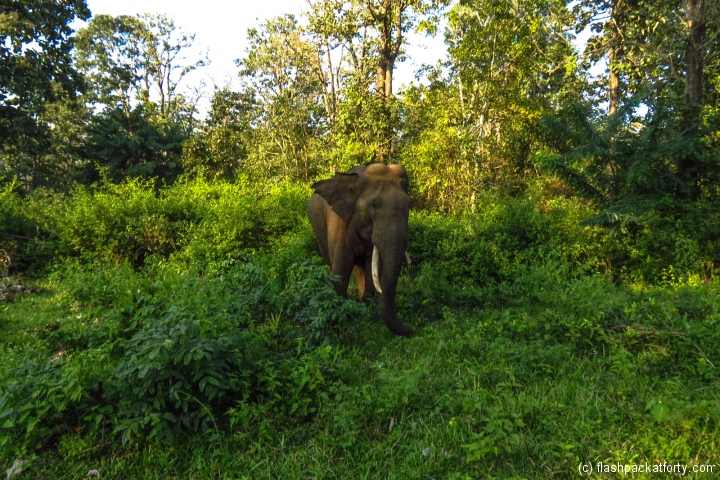
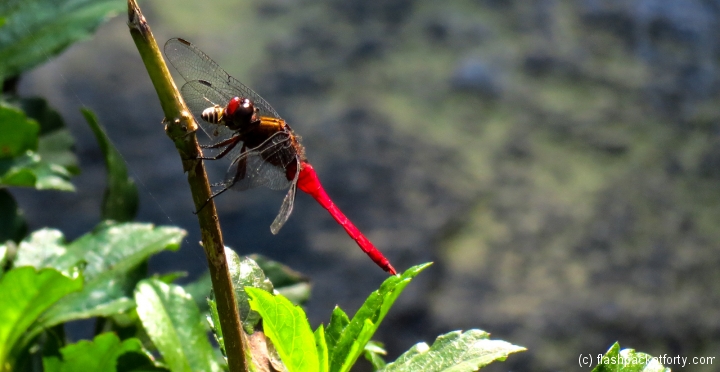
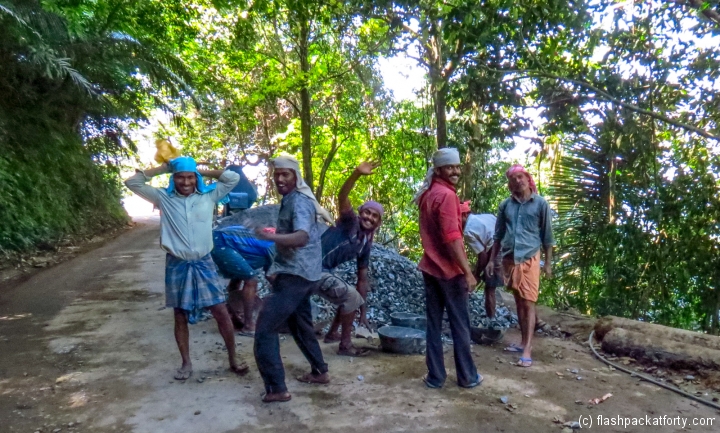
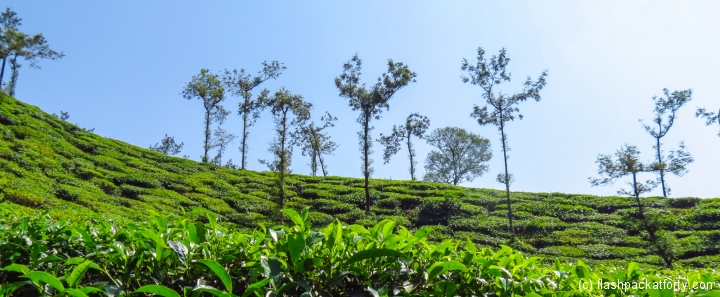


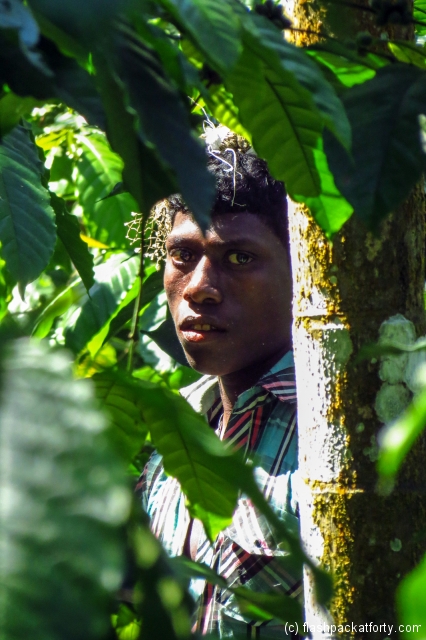
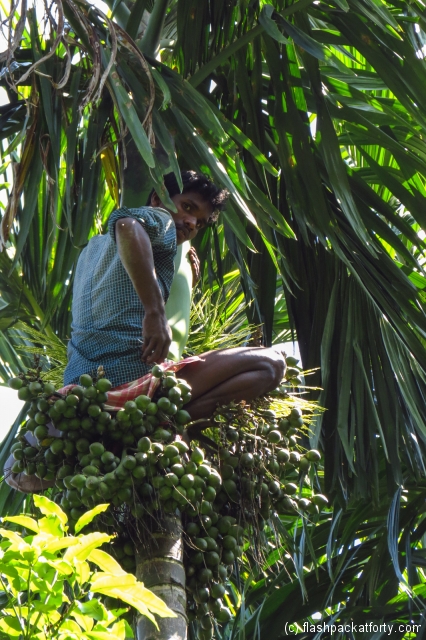
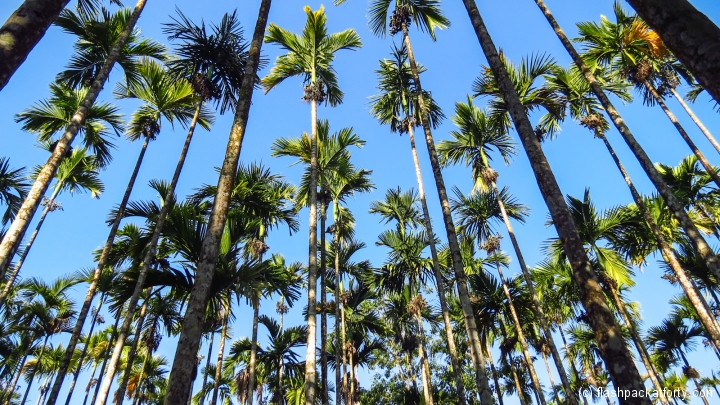
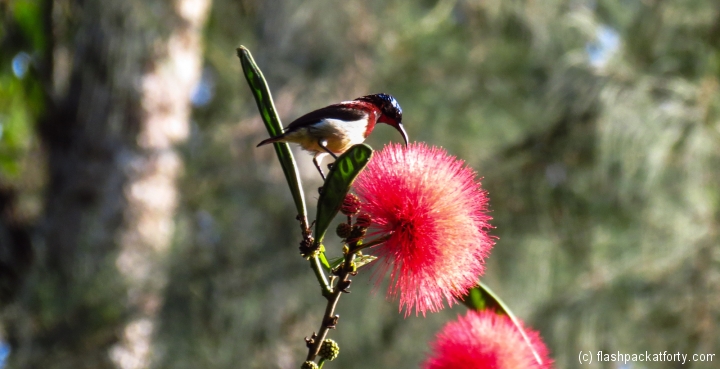
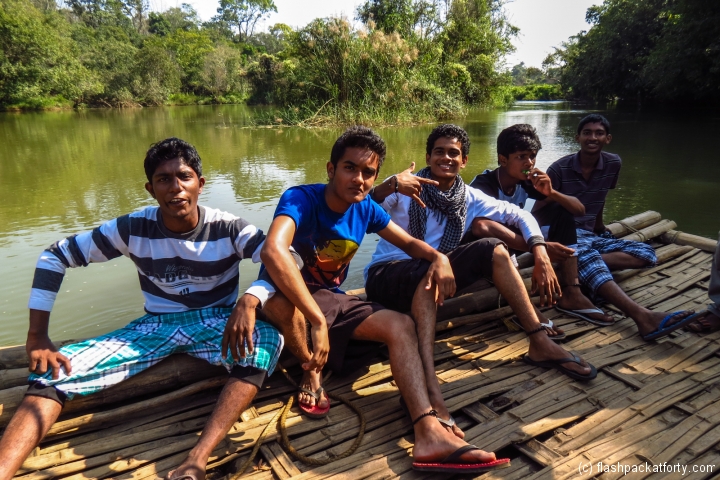
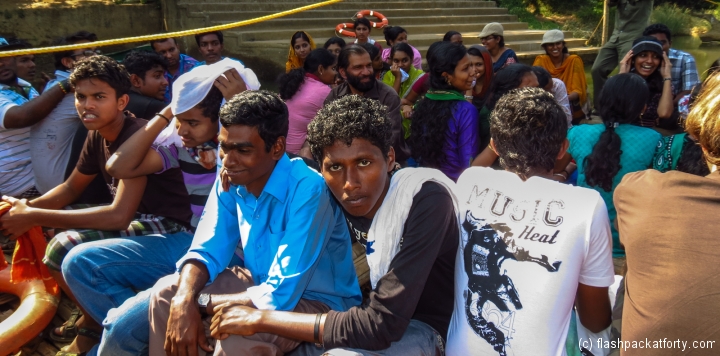
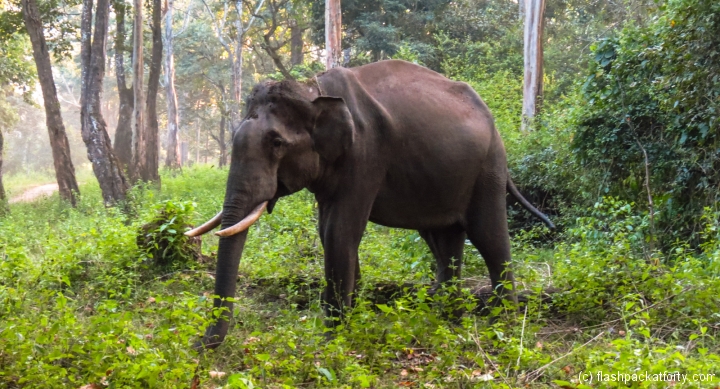
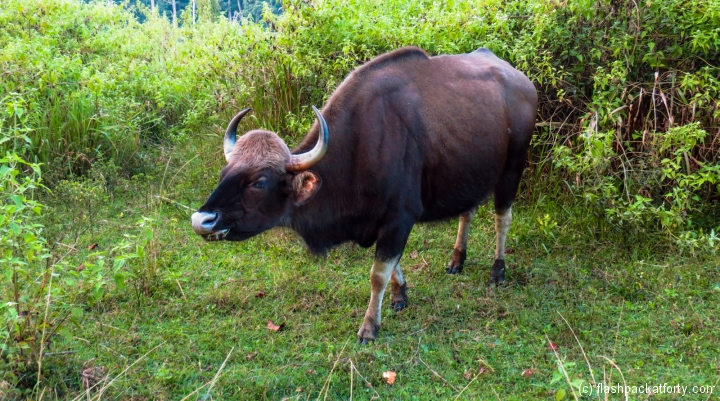
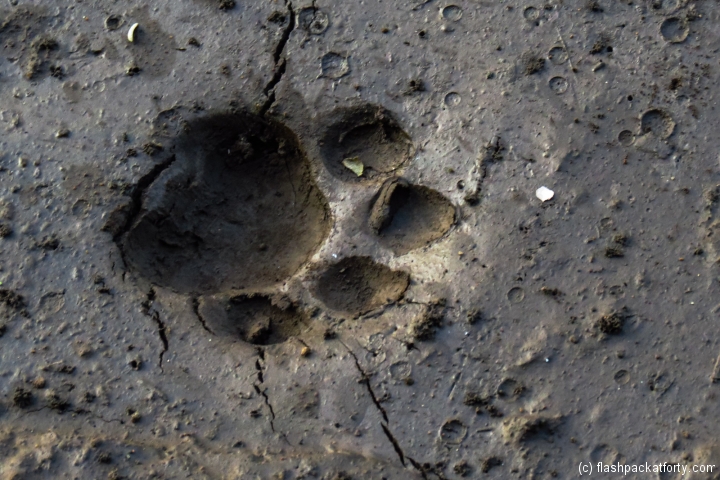
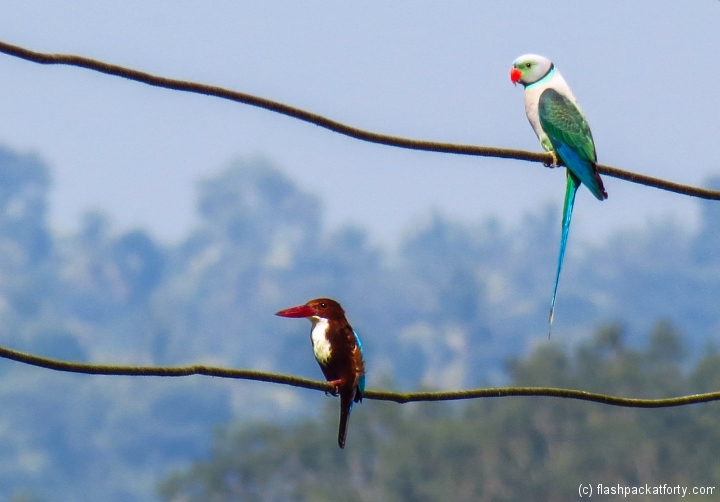

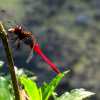
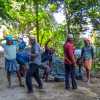
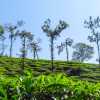

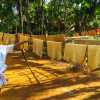
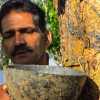

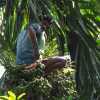
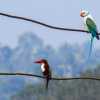
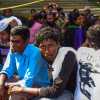
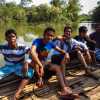
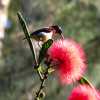
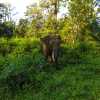
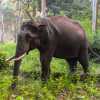
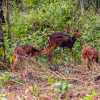

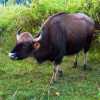
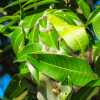
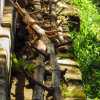
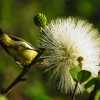
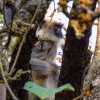
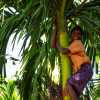
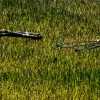
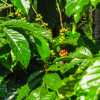
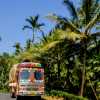



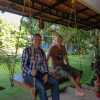
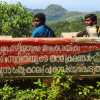
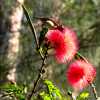
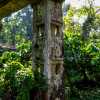
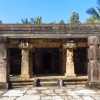
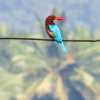

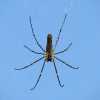
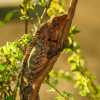
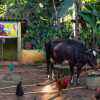
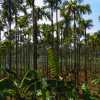
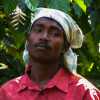
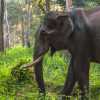


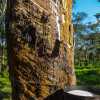

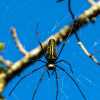

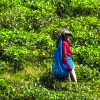
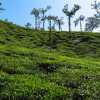


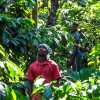
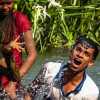
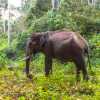
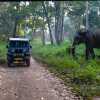
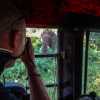






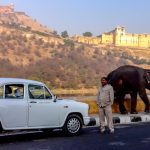
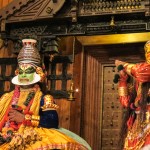



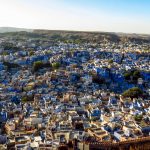




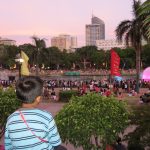
Wow. The wildlife photos are great. I hope that you used a micro lens and that bug really isn’t the size of your hand.
It’s tiny but if you look close you can see it chewing a bee or wasp